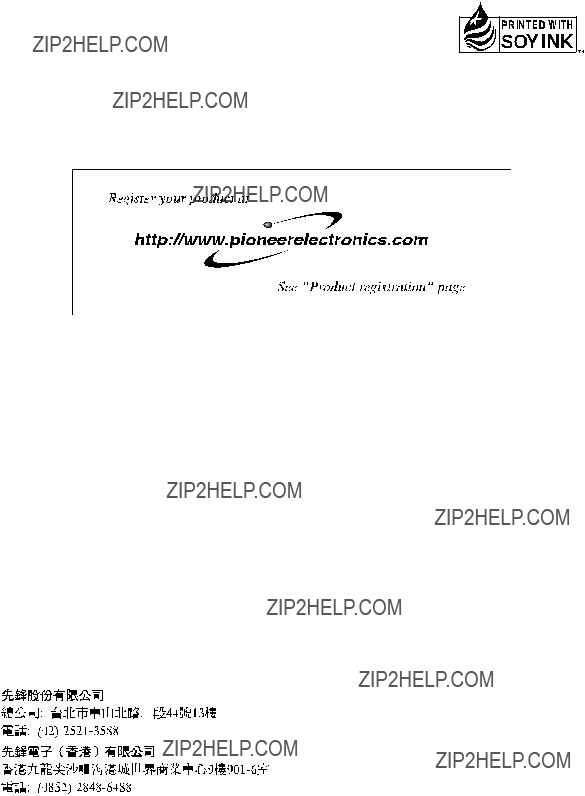Terms and Conditions for the Tele Atlas Data
THIS IS A LEGAL AGREEMENT (THE ???AGREE-
MENT???) BETWEEN YOU, THE END USER, AND TELE ATLAS NORTH AMERICA, INC. (???Tele Atlas???). BY USING YOUR COPY OF THE TELE
ATLAS DATA, YOU AGREE TO THE TERMS AND
CONDITIONS OF THIS AGREEMENT.
1. Grant of License.
Tele Atlas grants you a non-transferable, non- exclusive license to use the map data and busi- ness points of interest information (the ???POIs???), (together, the ???Data???) contained on these discs, solely for personal, non-commercial use and not to operate a service bureau or for any other use involving the processing of data of other persons or entities. You may make one (1) copy of the Data for archival or backup purposes only but you may not otherwise copy, reproduce, modify, make derivative works, derive the structure of or reverse engineer the Data. The Data contains confidential and proprietary information and materials, and may contain trade secrets, so you agree to hold the Data in confidence and in trust and not to disclose the Data or any portions in any form, including by renting, leasing, publish- ing, leasing, sublicensing or transferring the Data to any third party. You are prohibited from using the POIs (i) to create mailing lists or (ii) for other such similar uses.
2. Ownership.
The Data is copyrighted by Tele Atlas and its licensors and they retain all ownership rights in the Data. You agree not to alter, remove, obliter- ate, or obscure any copyright notice or proprie- tary legend contained in or on the Data.
3. Warranty Disclaimer.
THE DATA IS PROVIDED ON AN ???AS IS??? AND
???WITH ALL FAULTS BASIS??? AND TELE ATLAS, ITS
LICENSORS, AND ITS LICENSED DISTRIBUTORS
AND SUPPLIERS (COLLECTIVELY, ???SUPPLI-
ERS???) EXPRESSLY DISCLAIM ALL OTHER WAR-
RANTIES, EXPRESS OR IMPLIED, INCLUDING
BUT NOT LIMITED TO, THE IMPLIED WARRAN-
TIES OF NON-INFRINGEMENT, MERCHANTABIL-
ITY, EFFECTIVENESS, COMPLETENESS,
ACCURACY, TITLE AND FITNESS FOR A PARTIC-
ULAR PURPOSE. TELE ATLAS, ITS LICENSORS
AND SUPPLIERS DO NOT WARRANT THAT THE
DATA WILL MEET YOUR REQUIREMENTS OR
THAT THE OPERATION OF THE DATA WILL BE
UNINTERRUPTED OR ERROR FREE. NO ORAL
OR WRITTEN ADVICE GIVEN BY TELE ATLAS, ITS
LICENSORS, SUPPLIERS OR ANY OF THEIR
RESPECTIVE EMPLOYEES CREATES A WAR-
RANTY OR IN ANY WAY INCREASES TELE
ATLAS???, ITS LICENSORS OR SUPPLIERS LIABIL-
ITY AND YOU MAY NOT RELY ON ANY SUCH
INFORMATION OR ADVICE. THIS DISCLAIMER
IS AN ESSENTIAL CONDITION OF THIS AGREE-
MENT AND YOU ACCEPT THE DATA ON THIS
BASIS.
4. Limitation of Liability.
IN NO EVENT SHALL TELE ATLAS???, ITS LICEN-
SORS??? OR SUPPLIER??? AGGREGATE LIABILITY
FOR ALL MATTERS ARISING OUT OF THE SUB-
JECT MATTER OF THIS AGREEMENT, WHETHER
IN CONTRACT, TORT OR OTHERWISE, EXCEED
THE AMOUNT PAID BY YOU FOR YOUR COPY OF
THE TELE ATLAS DATA. TELE ATLAS, ITS LICEN-
SORS AND SUPPLIERS SHALL NOT BE LIABLE
IN ANY MATTER TO YOU FOR ANY SPECIAL,
INDIRECT, CONSEQUENTIAL OR INCIDENTAL
DAMAGES (INCLUDING DAMAGES FOR LOSS
OF BUSINESS PROFITS, BUSINESS INTERRUP-
TION, LOSS OF BUSINESS INFORMATION, AND
THE LIKE) ARISING OUT OF THIS AGREEMENT
OR THE USE OF OR INABILITY TO USE THE
DATA, EVEN IF TELE ATLAS, ITS LICENSORS OR
SUPPLIERS HAVE BEEN ADVISED OF THE POS-
SIBILITY OF SUCH DAMAGES.
5. Termination.
This Agreement will terminate immediately and automatically, without notice, if you breach any term of this Agreement. You agree that in the event of termination of the Agreement, you shall return the Data (including all documentation and all copies) to Tele Atlas and its suppliers.
6. Indemnity.
You agree to indemnify, defend and hold Tele Atlas, its Licensors, and its Suppliers (including their respective licensors, suppliers, assignees, subsidiaries, affiliated companies, and the respective officers, directors, employees, share- holders, agents and representatives) free and
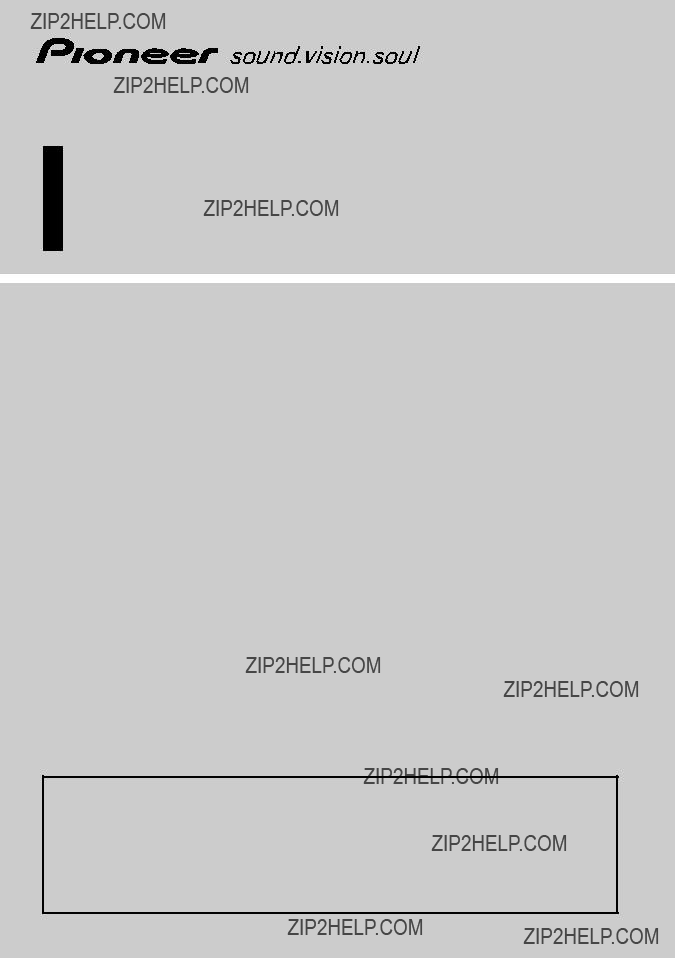






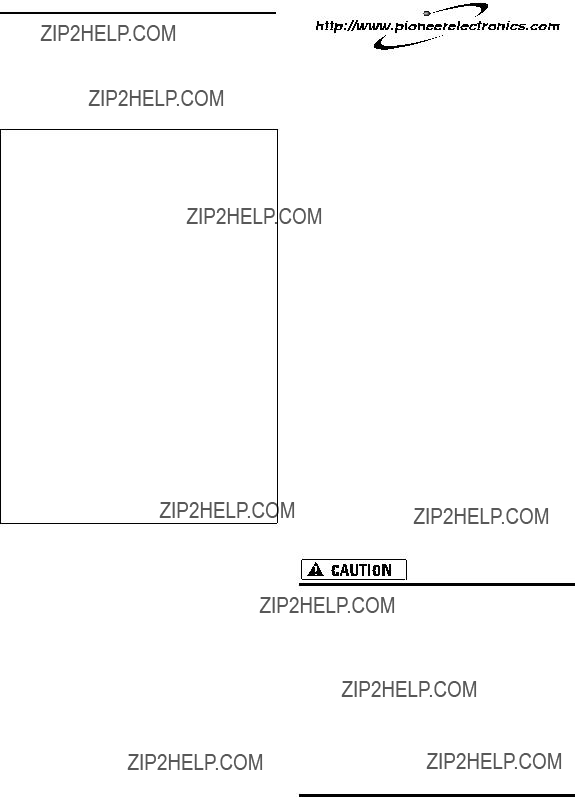
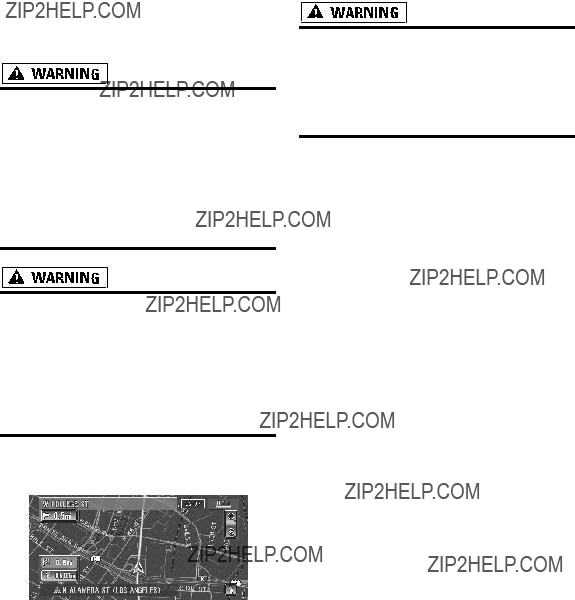
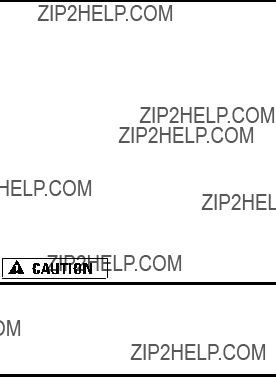
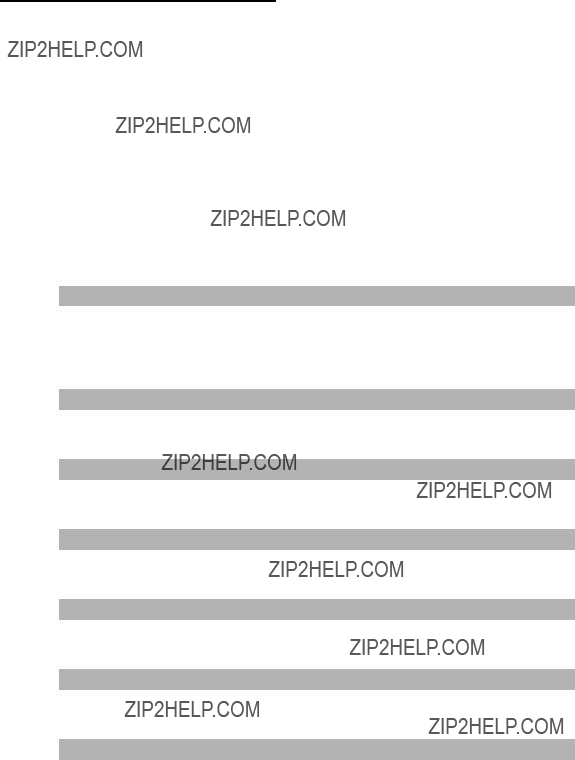
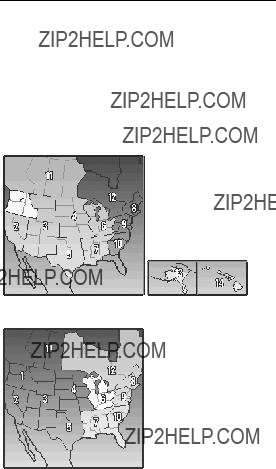
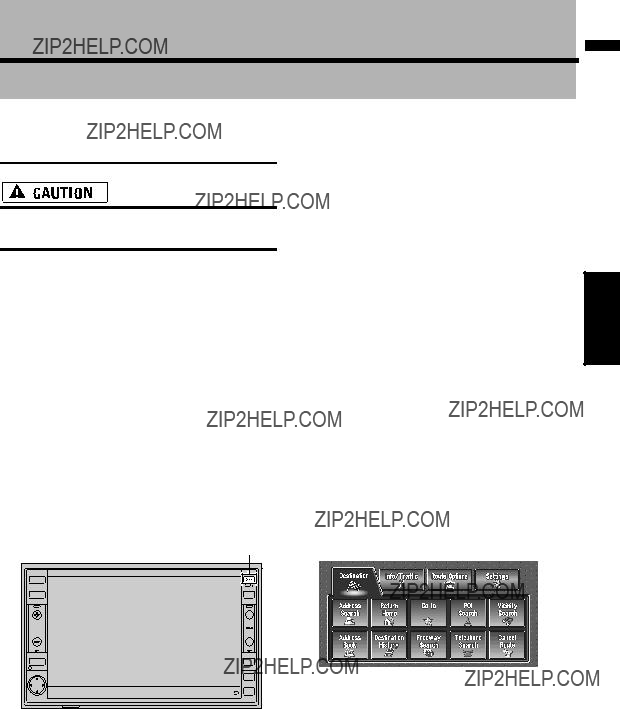
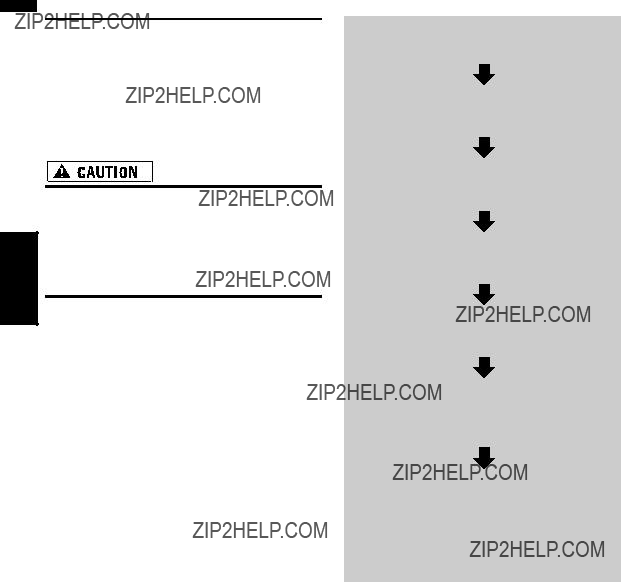
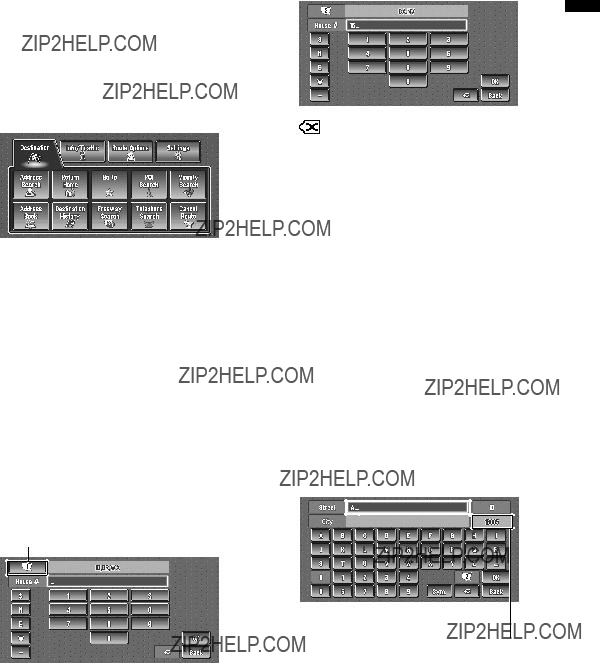
 :
: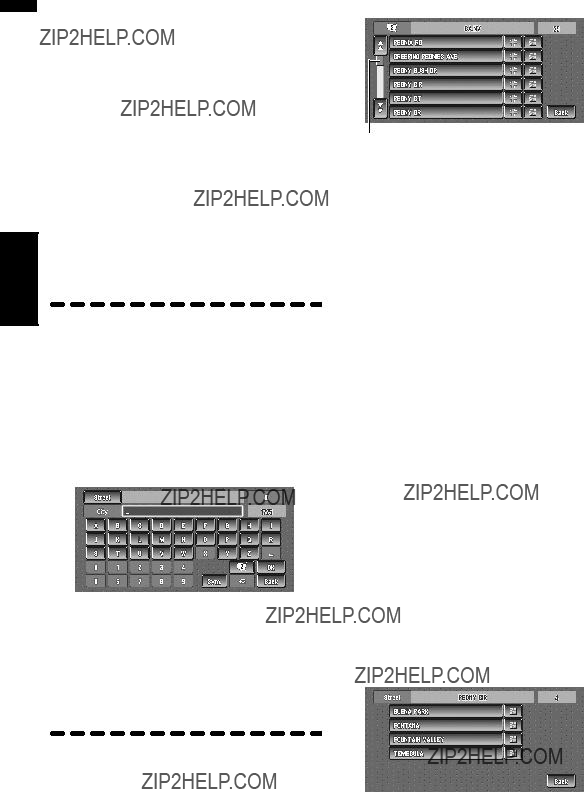
 or
or  on the scroll bar scrolls you through the list and allows you to view the remaining items.
on the scroll bar scrolls you through the list and allows you to view the remaining items. to the right of the item allows you to see the whole line.
to the right of the item allows you to see the whole line. specifies the selected street and streets intersecting it, allowing you to set an intersection as your destination. This is use- ful when you don???t know the house number of your destination or cannot input the house number of the specified street.
specifies the selected street and streets intersecting it, allowing you to set an intersection as your destination. This is use- ful when you don???t know the house number of your destination or cannot input the house number of the specified street. displays a map of the place you have selected. (Candidate place names may appear in the list screen.)
displays a map of the place you have selected. (Candidate place names may appear in the list screen.)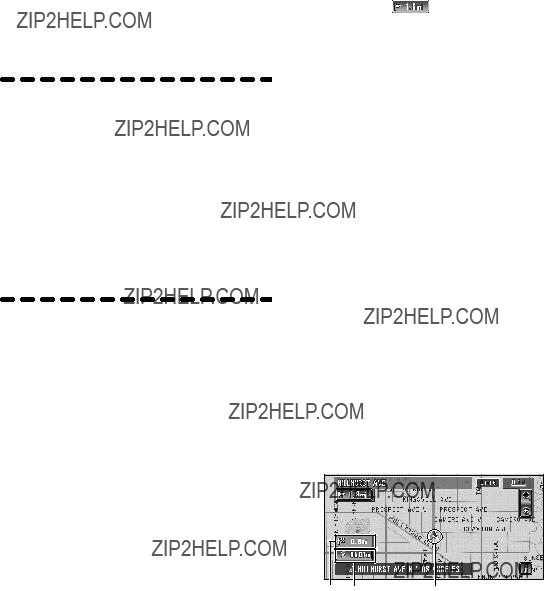
 to the right of the list.
to the right of the list.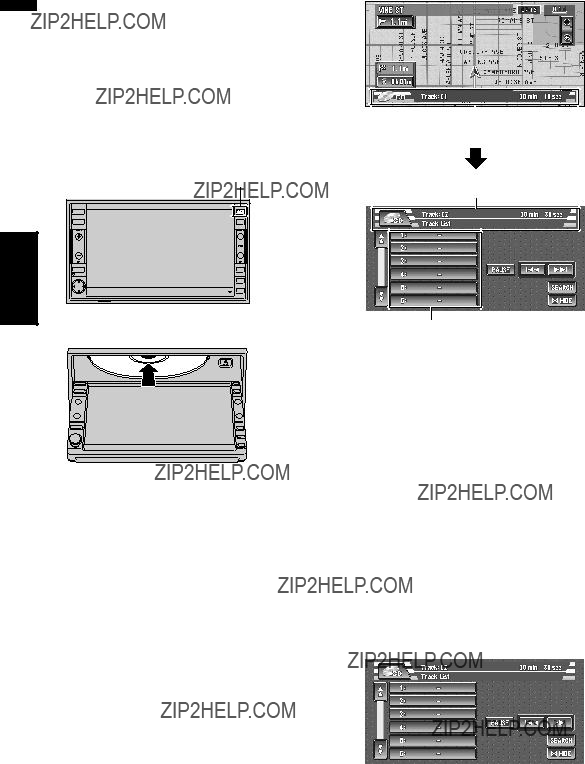
 or
or  , you can switch the list to the next page or the previous page.
, you can switch the list to the next page or the previous page.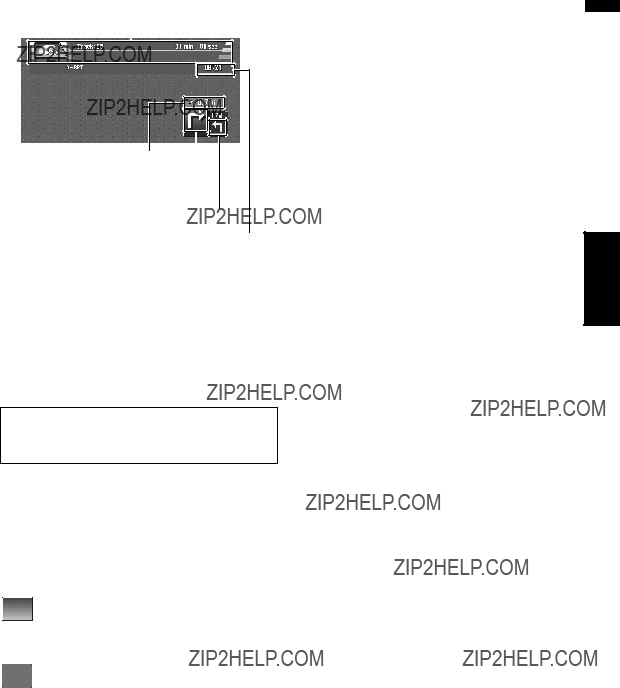
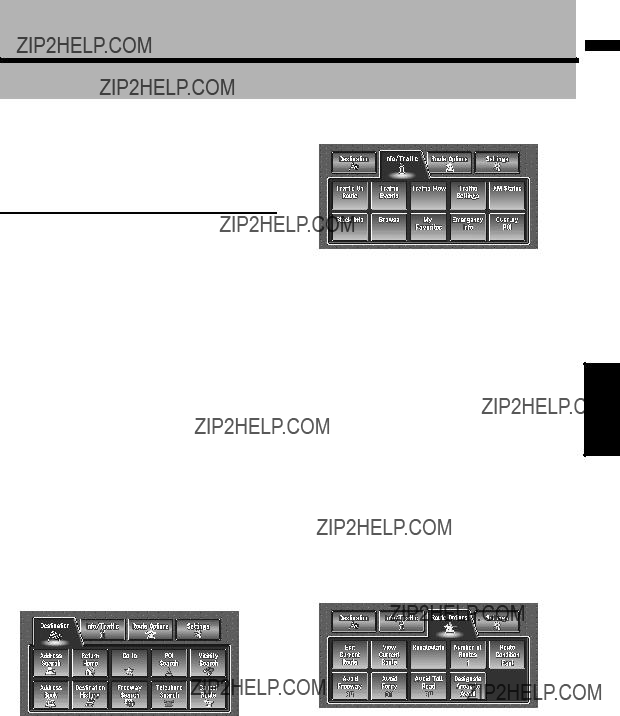

 : Destination*
: Destination* : Chg.Route*
: Chg.Route* : Whole Route Overview
: Whole Route Overview : Vicinity Search
: Vicinity Search : Registration
: Registration : Menu Close
: Menu Close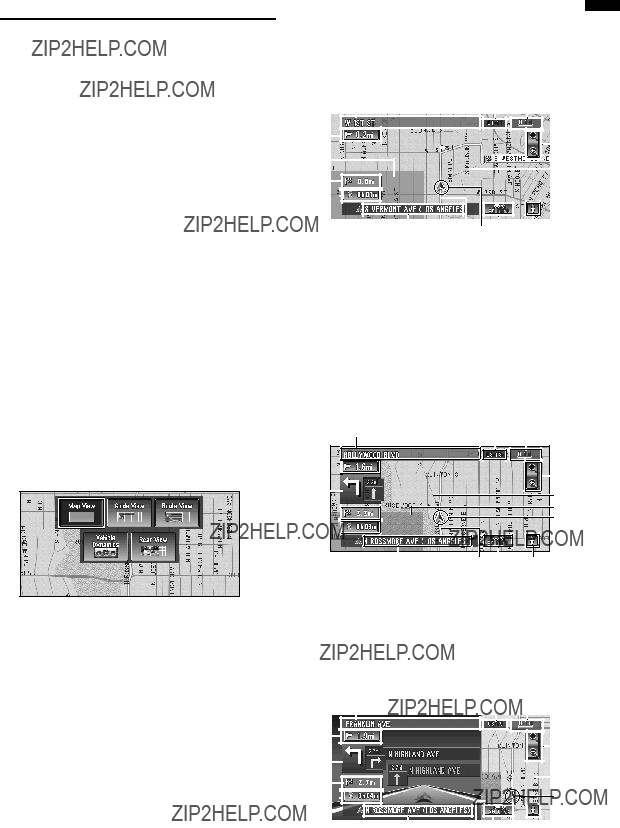



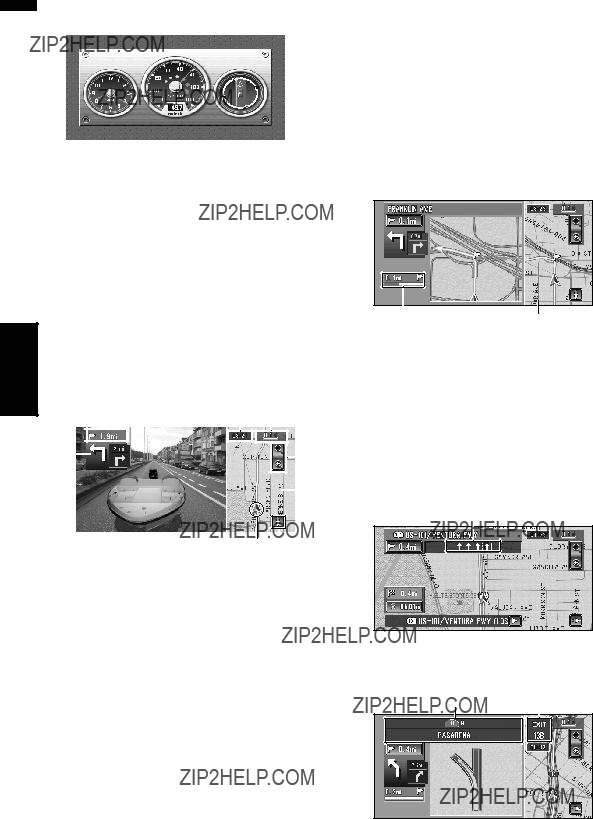
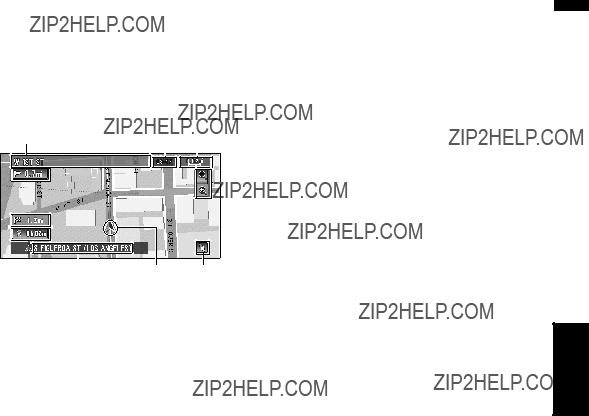



 Guidance point*
Guidance point* Destination*
Destination*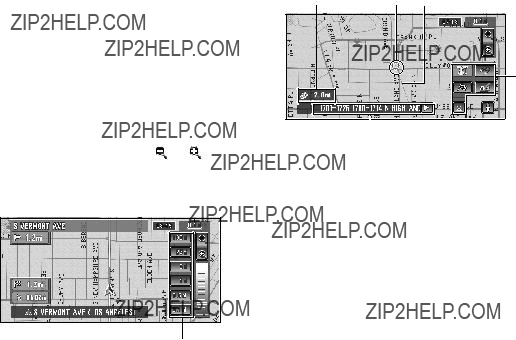
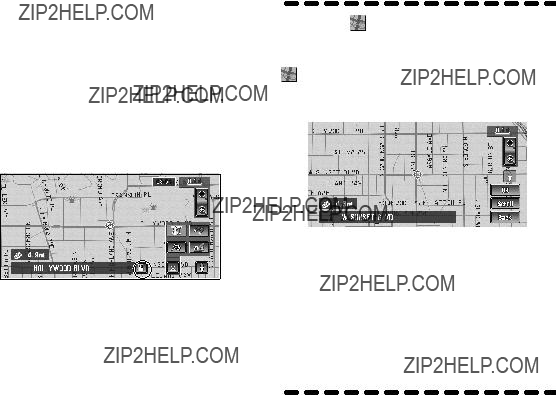
 on the right displays hidden text.
on the right displays hidden text. .
. in the Shortcut menu, you can specify your destination on the map.
in the Shortcut menu, you can specify your destination on the map. .
.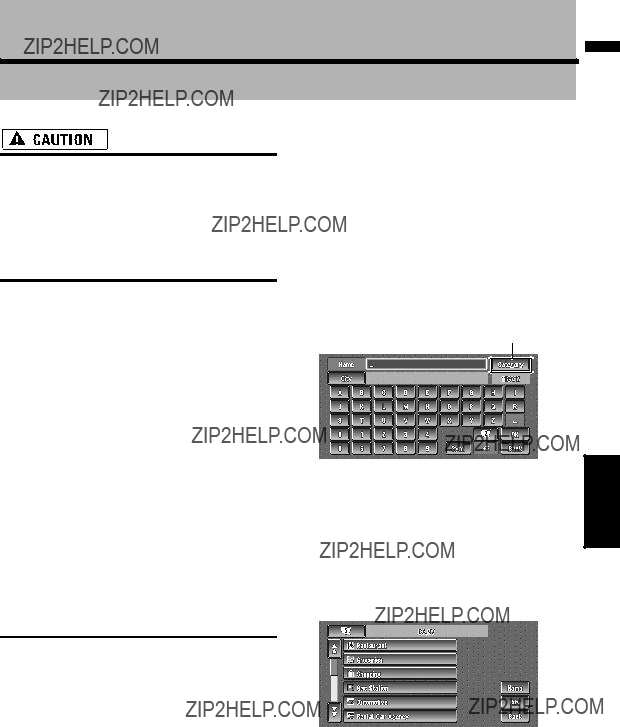

 displays a map of the surroundings of the selected POI.
displays a map of the surroundings of the selected POI. ), you can start searching POI directly by selected category on the POI shortcut.
), you can start searching POI directly by selected category on the POI shortcut. . When the subcate- gory list appears, touch the item and touch
. When the subcate- gory list appears, touch the item and touch , the POIs around the specified location are shown on a map.
, the POIs around the specified location are shown on a map. .
.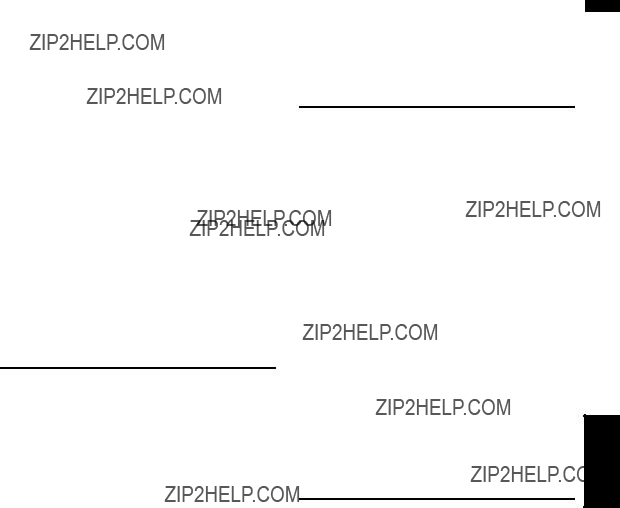
 in the Shortcut menu (
in the Shortcut menu ( on the right of the list.
on the right of the list.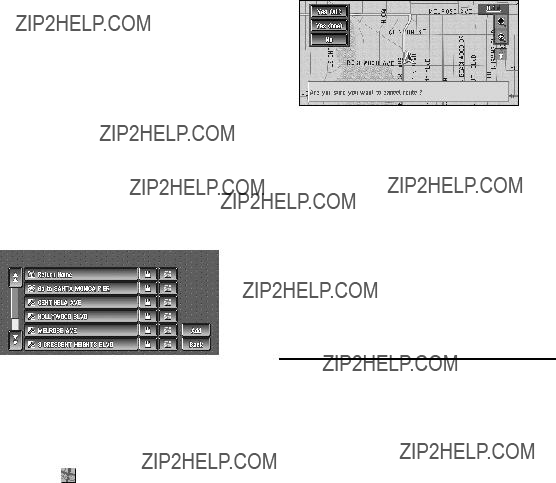

 on the right of the list.
on the right of the list.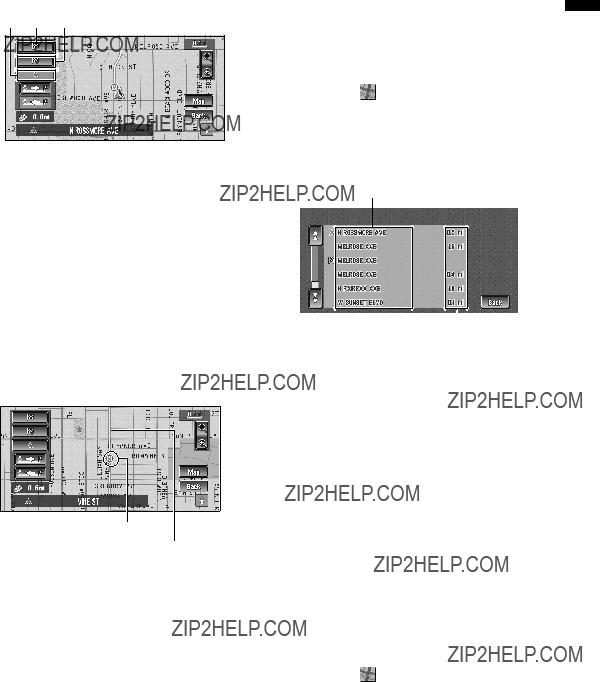
 or
or  to scroll the map.
to scroll the map. or
or  . If necessary, the scale of the map can be changed.
. If necessary, the scale of the map can be changed.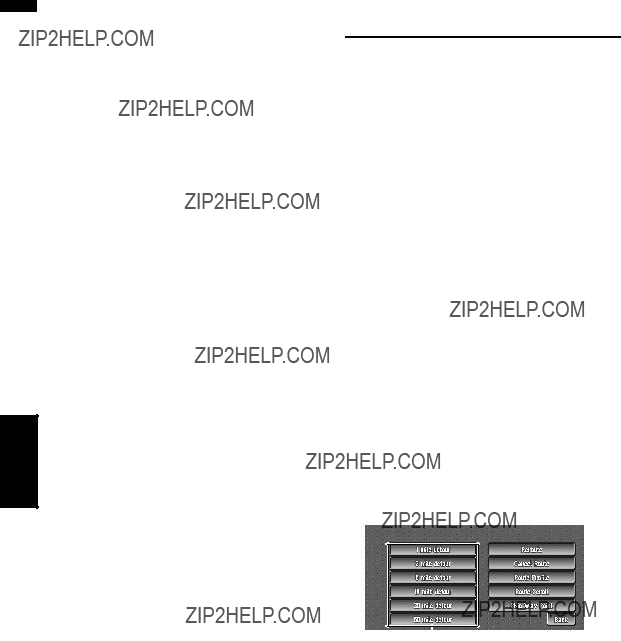
 .
.
 .
.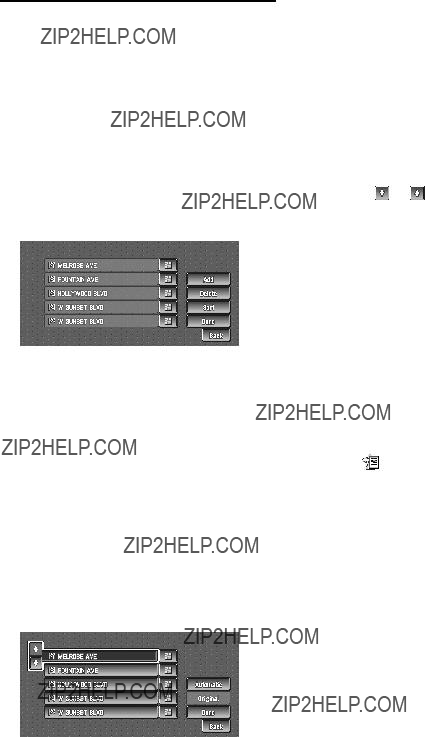
 on the right of the list.
on the right of the list.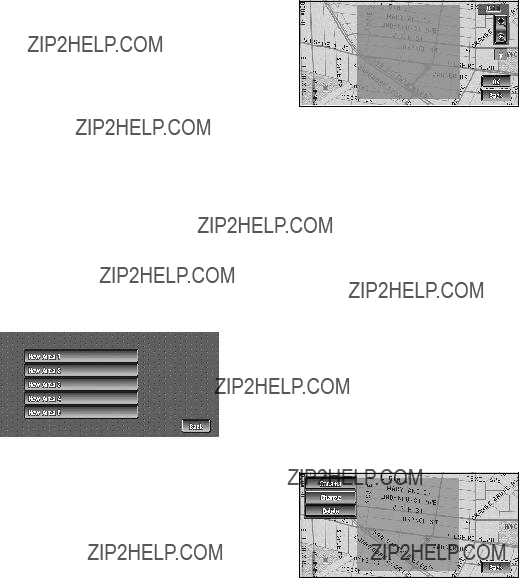
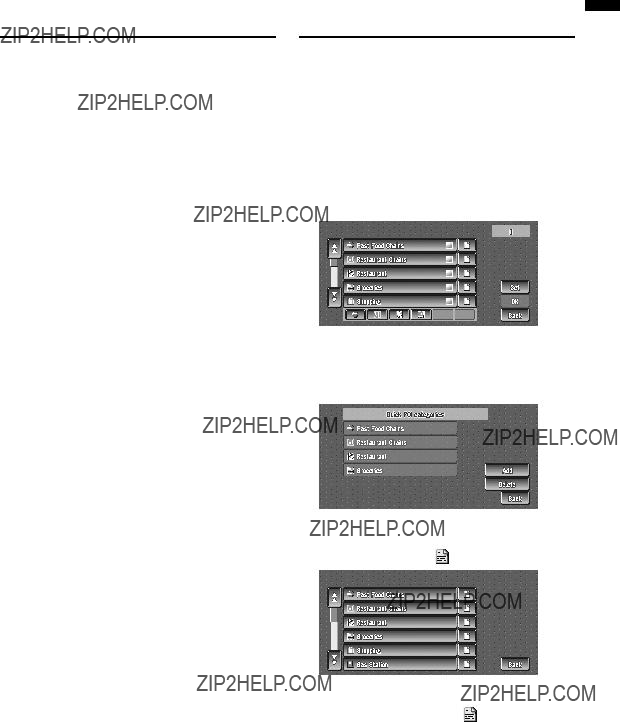
 . When the subcate- gory list appears, touch the item you want
. When the subcate- gory list appears, touch the item you want ), you can display POI immediately by selected category on the POI shortcut.
), you can display POI immediately by selected category on the POI shortcut.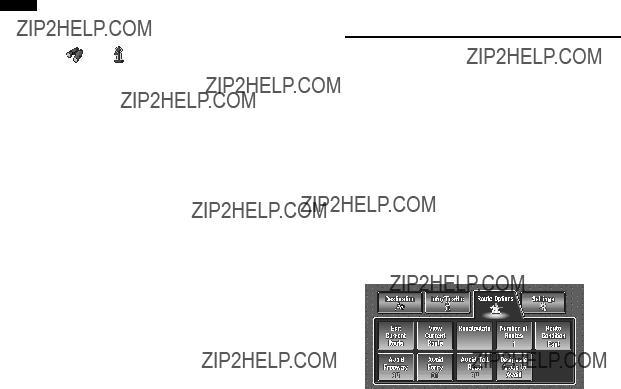
 in the shortcut menu or ???
in the shortcut menu or ???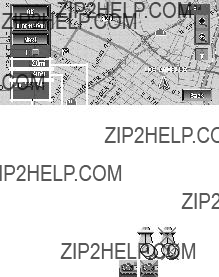





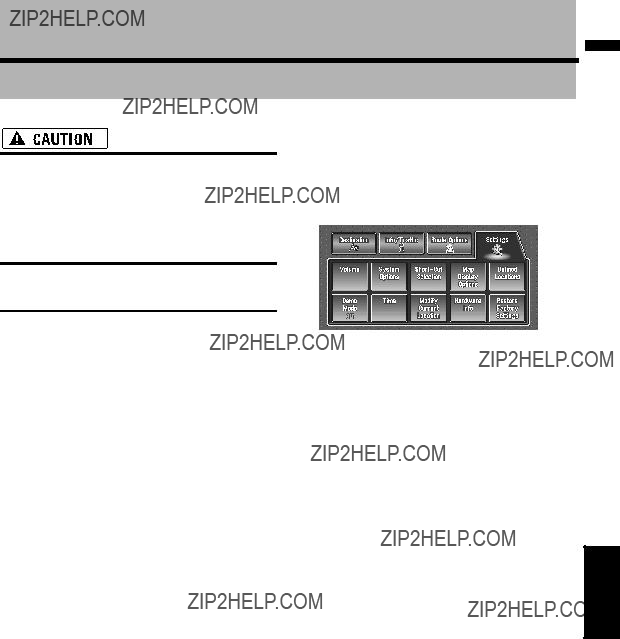
 :
: :
: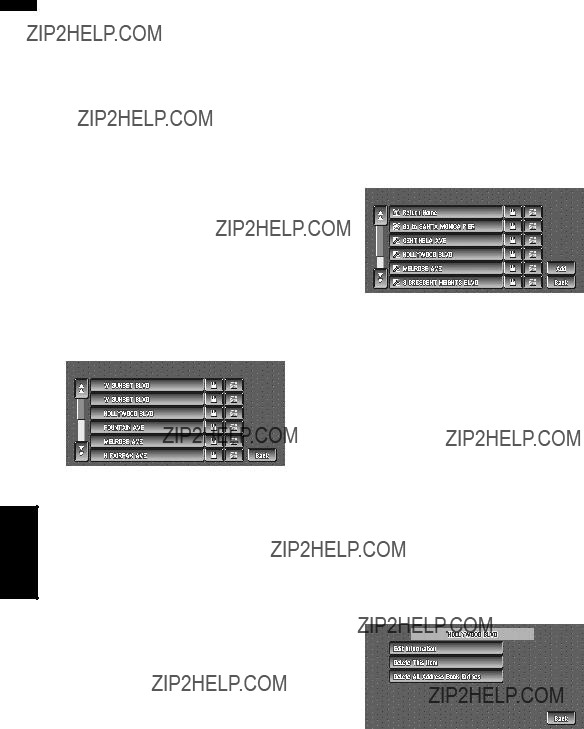
 on the
on the  :
: :
: in the Shortcut menu
in the Shortcut menu  on the
on the  on the
on the  :
: :
: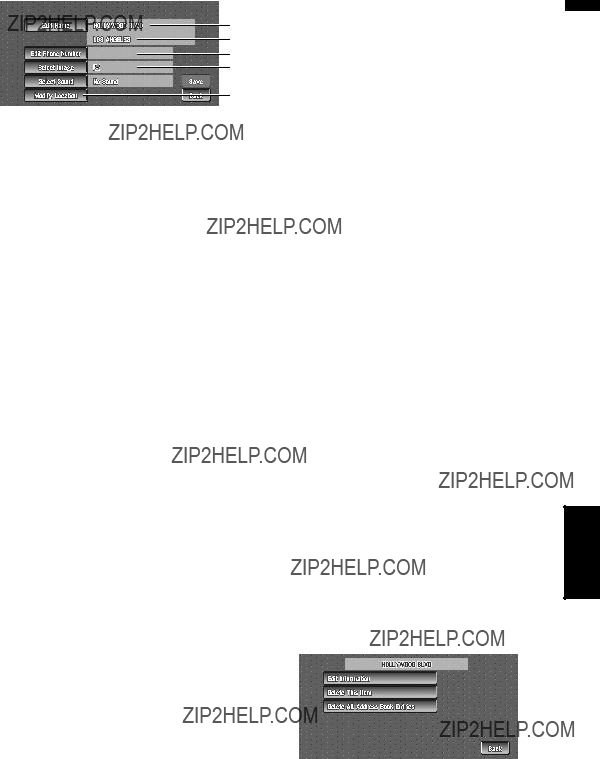

 .
. on the
on the 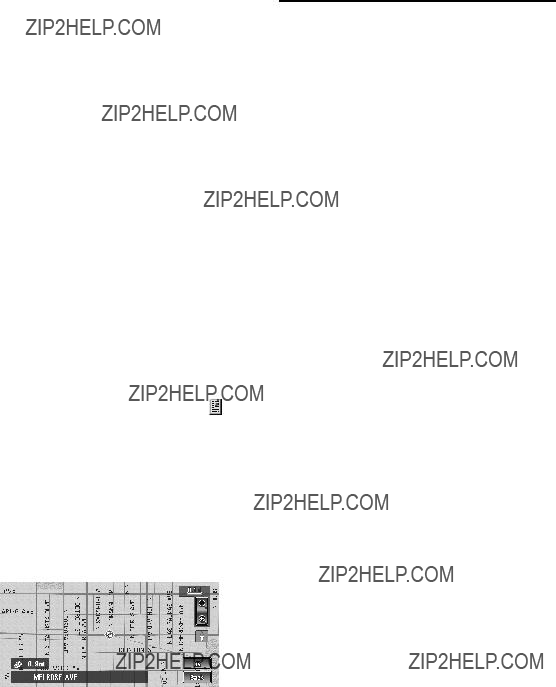
 or
or  to view the incident list.
to view the incident list.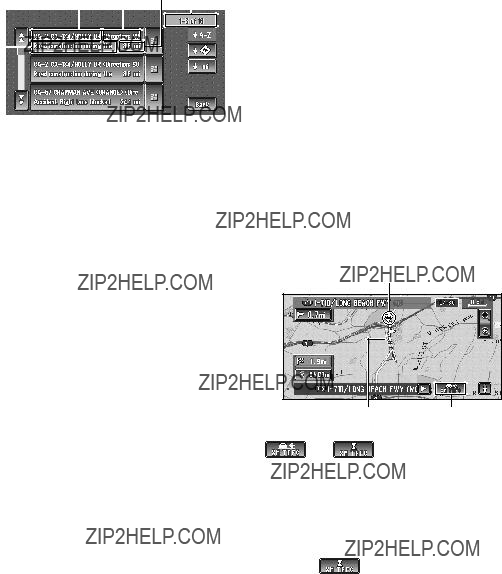
 allows you to check the place on a map. (Traffic information with-
allows you to check the place on a map. (Traffic information with- :
: :
: :
: :
: or
or  to view the remaining information.
to view the remaining information.
 on the screen allows you to check for traffic congestion information on your route.
on the screen allows you to check for traffic congestion information on your route.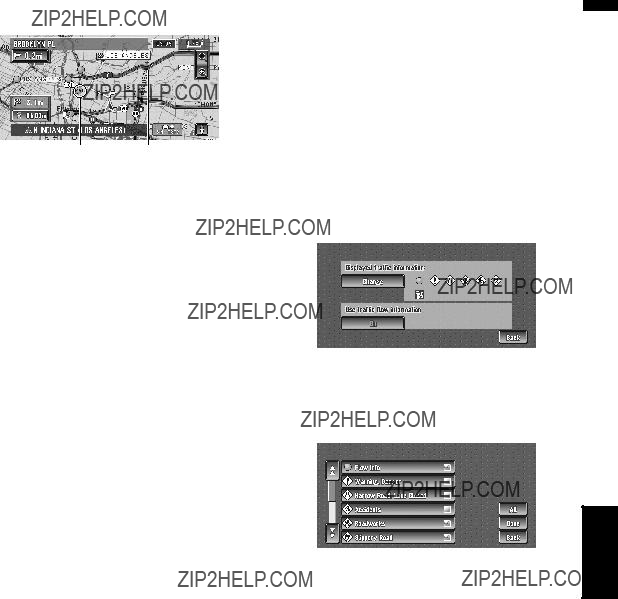
 instead of
instead of  . The list will be sorted according to the average speed
. The list will be sorted according to the average speed .
.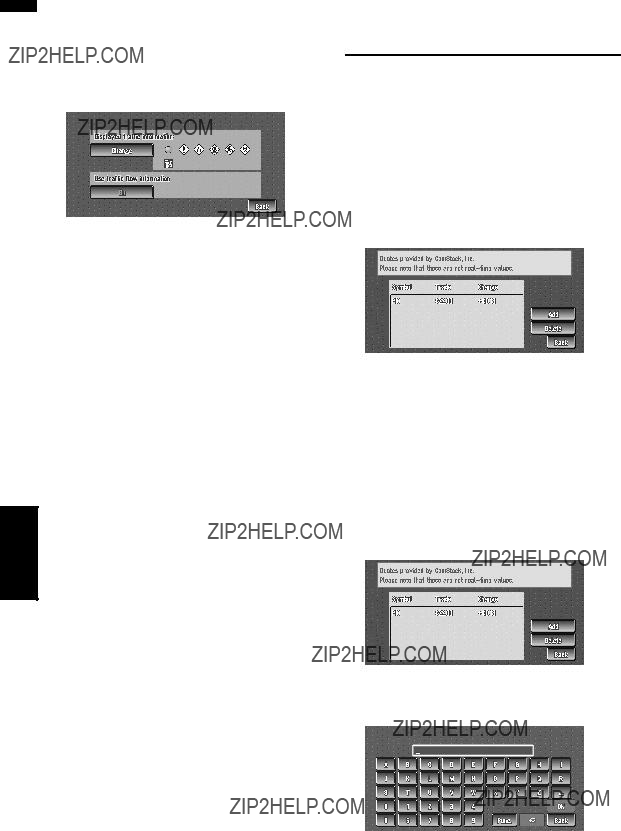
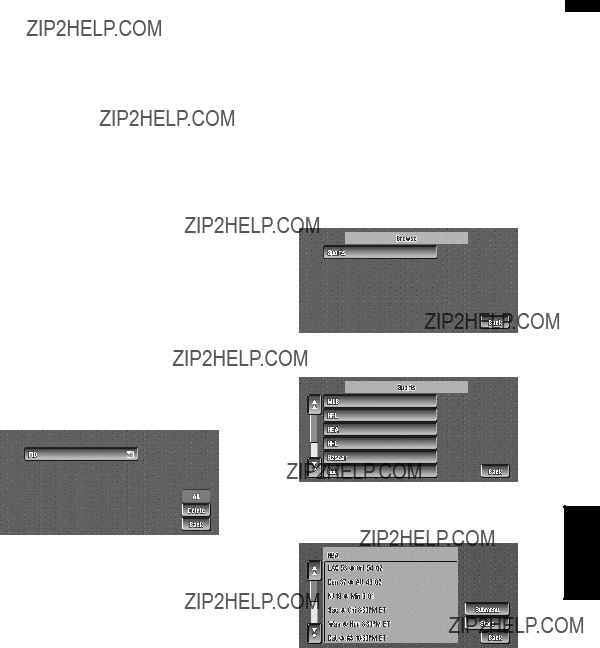

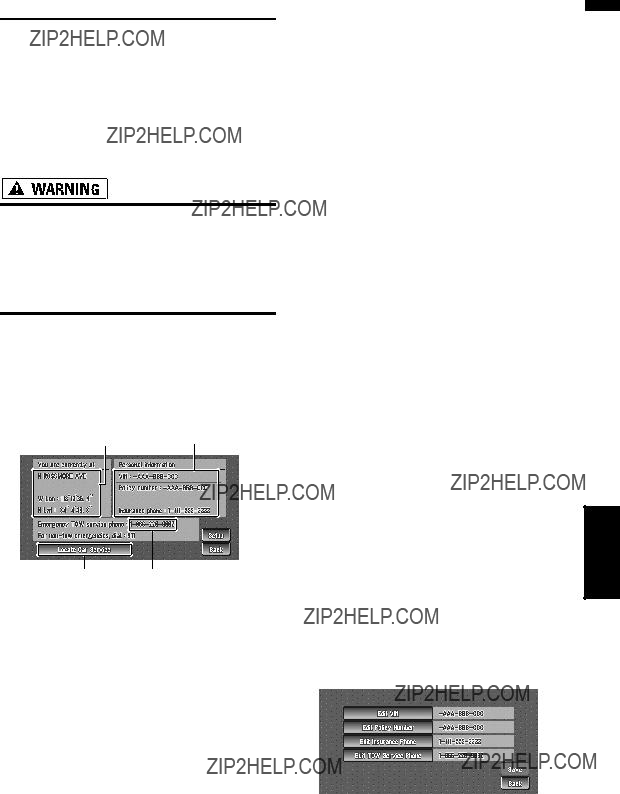
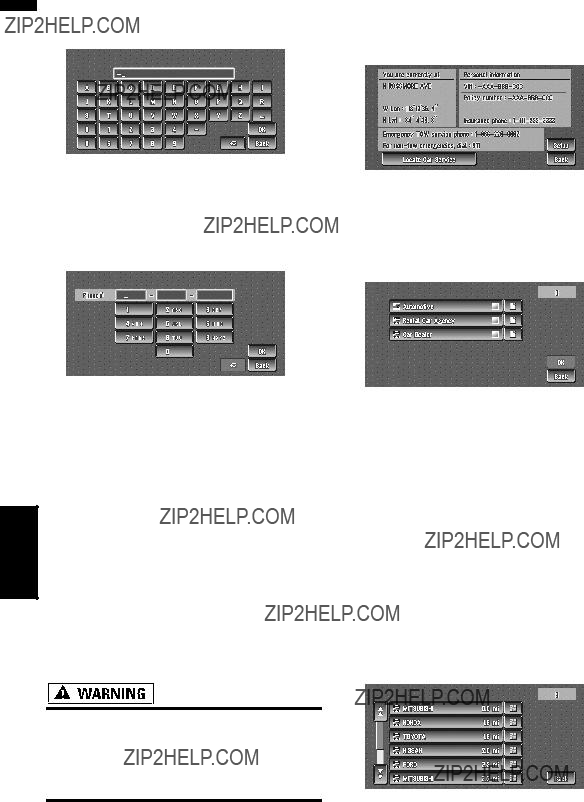
 displays a list of subcatego- ries. Touch the subcategory you wish to
displays a list of subcatego- ries. Touch the subcategory you wish to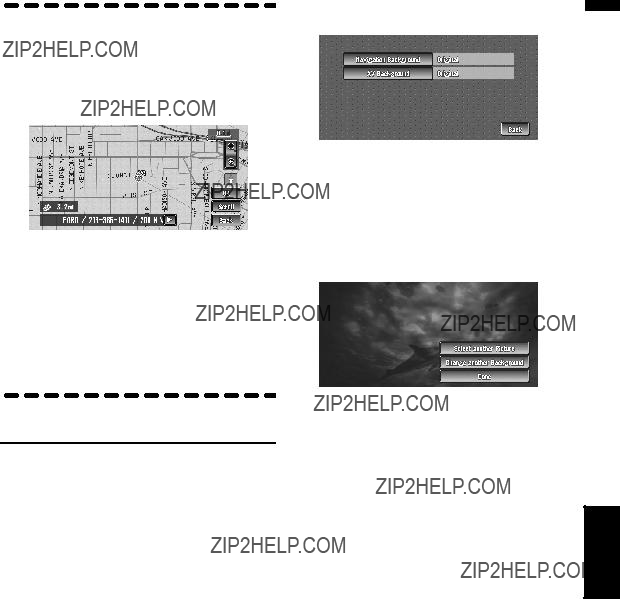
 appears on the right of the list
appears on the right of the list to the right of the list. Touch ???
to the right of the list. Touch ???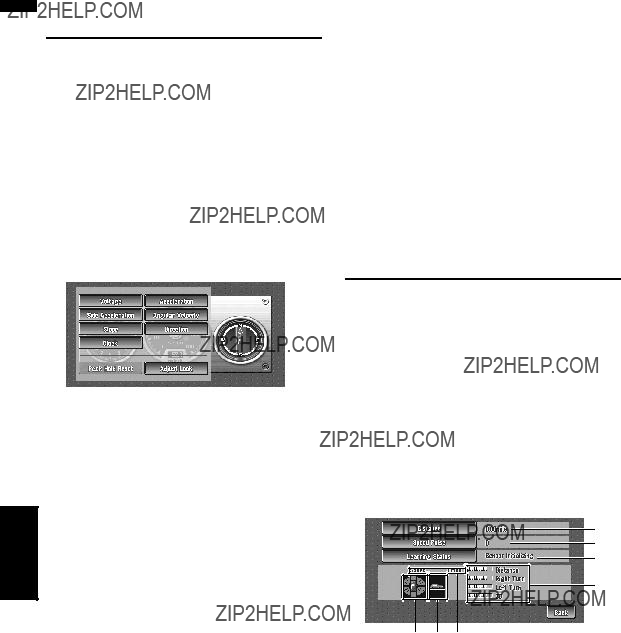
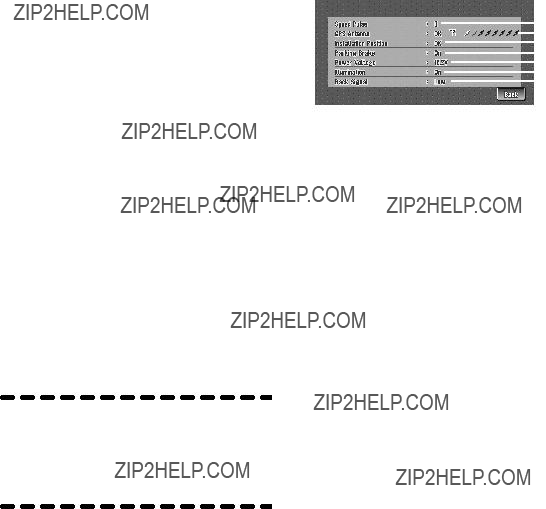
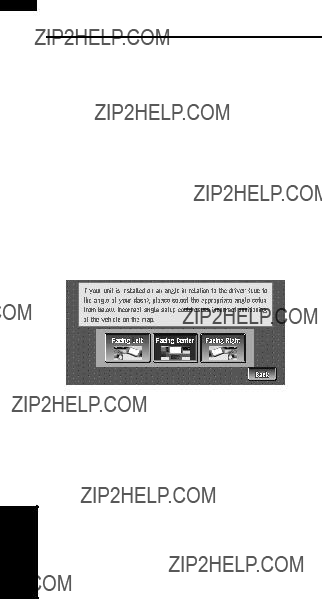
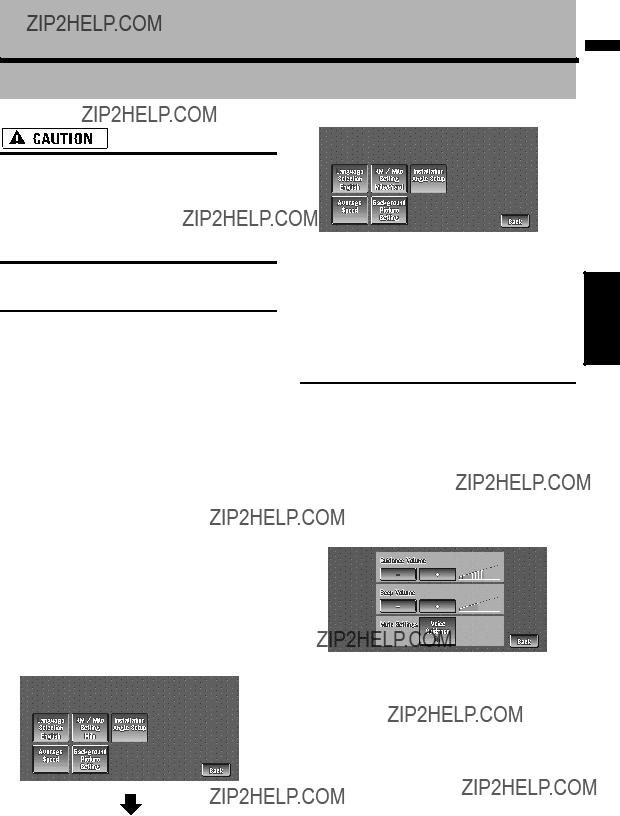
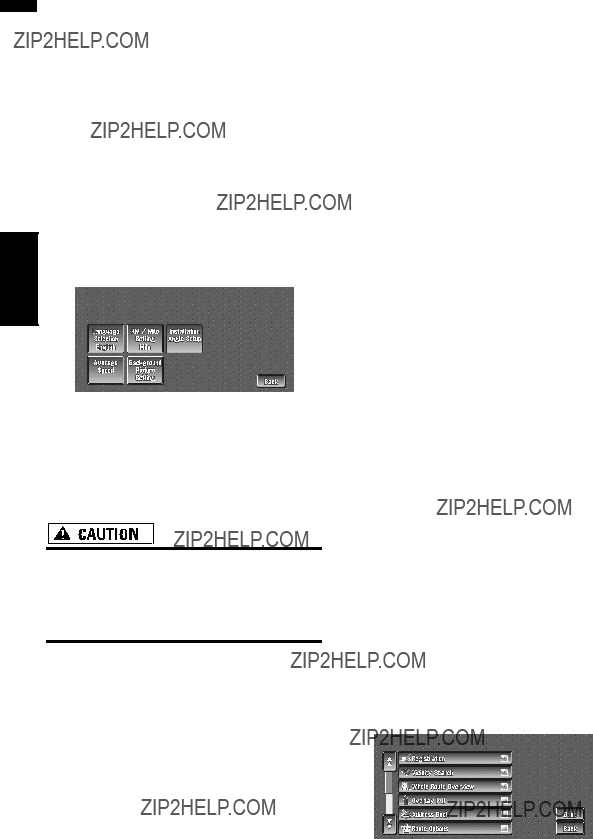
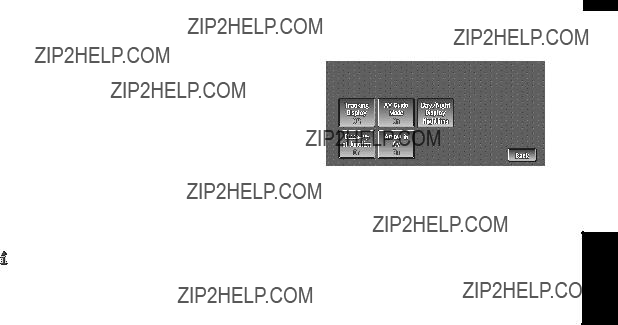
 : Registration *
: Registration * : Vicinity Search *
: Vicinity Search * : Whole Route Overview *
: Whole Route Overview * : Address Book
: Address Book : Route Options
: Route Options : Edit Current Route
: Edit Current Route : Traffic On Route
: Traffic On Route : Stock Info
: Stock Info : Browse
: Browse : My Favorites
: My Favorites



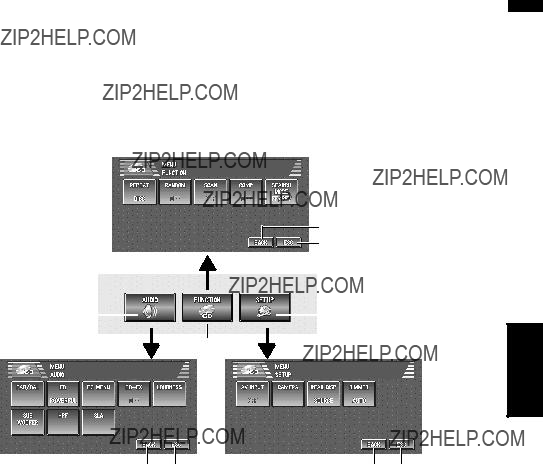
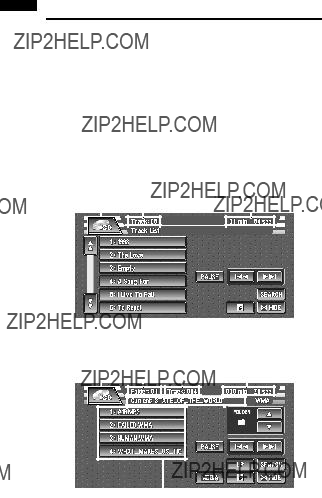
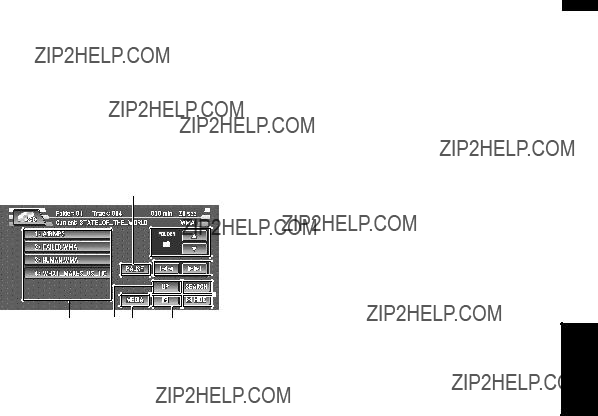
 (8)
(8) (3)
(3) (6)
(6) (4)
(4) or
or  switches to the next or previous page in the list.
switches to the next or previous page in the list.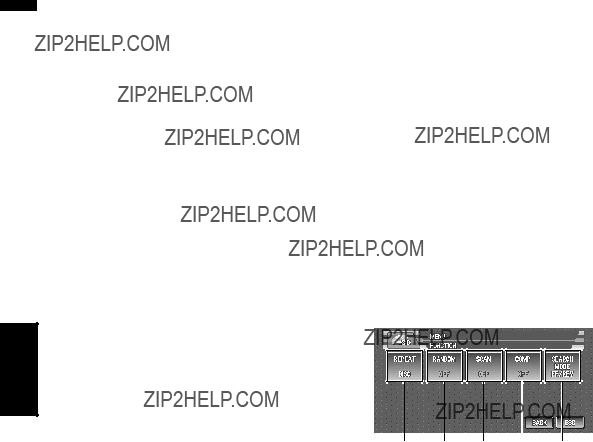


 or
or  briefly.
briefly. or
or  for about one second and release.
for about one second and release. or
or  briefly.
briefly. or
or  you can skip broadcasting stations. Seek tuning starts as soon as you release the keys.
you can skip broadcasting stations. Seek tuning starts as soon as you release the keys.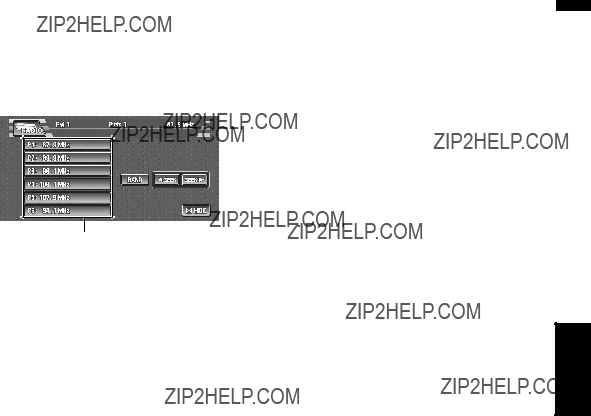
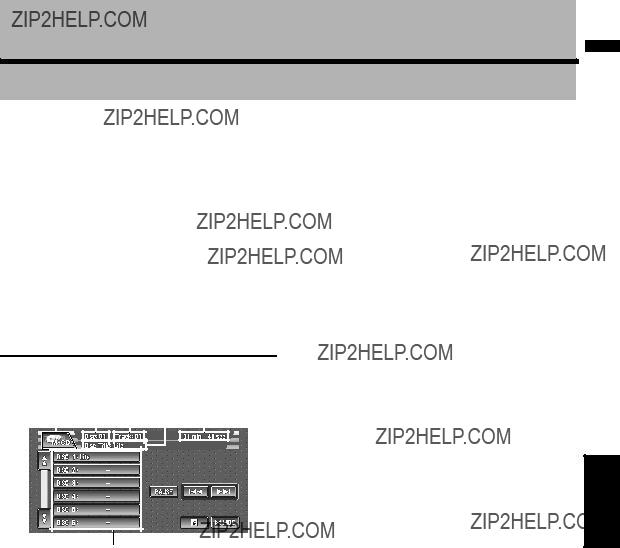
 repeatedly to switch these items.
repeatedly to switch these items. or
or  to display
to display 
 or
or  to switch between the lists of tracks.
to switch between the lists of tracks.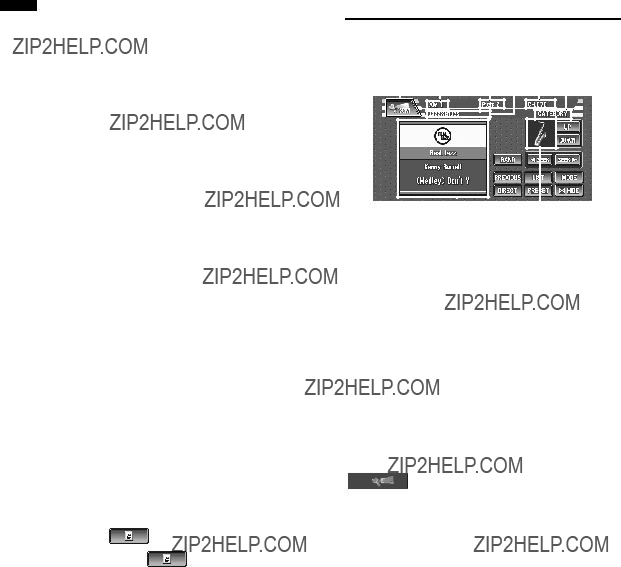
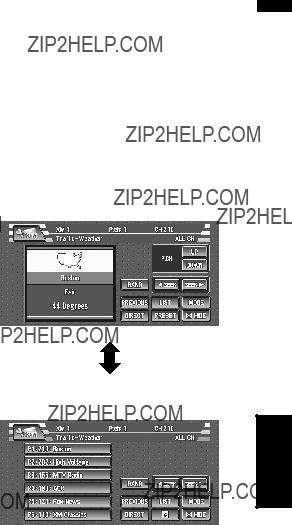
 or
or  .
. or
or  , you can increase or decrease channel number contin- uously. You can also perform manual tuning by moving the joystick left or right.
, you can increase or decrease channel number contin- uously. You can also perform manual tuning by moving the joystick left or right. (or ???PRESET???).
(or ???PRESET???). (or ???
(or ???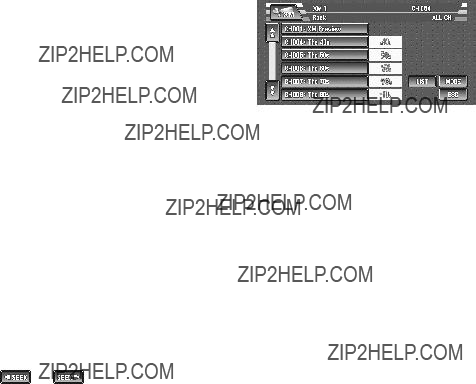
 or
or  to switch to the next page or previous page.
to switch to the next page or previous page.
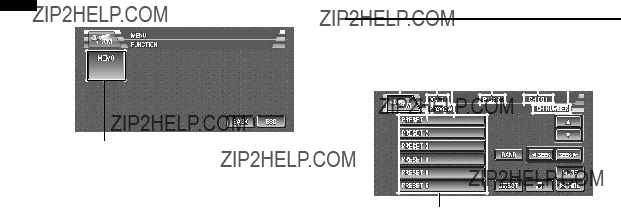

 or
or  .
. or
or  , you can increase or decrease channel number contin- uously.
, you can increase or decrease channel number contin- uously. .
. changes the information as follows:
changes the information as follows: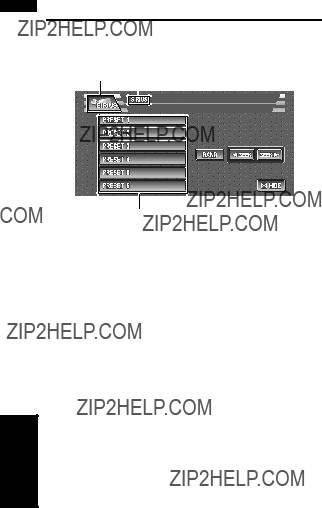
 or
or  .
. or
or  , you can increase or decrease channel number contin- uously. You can also perform manual tuning by moving the joystick left or right.
, you can increase or decrease channel number contin- uously. You can also perform manual tuning by moving the joystick left or right.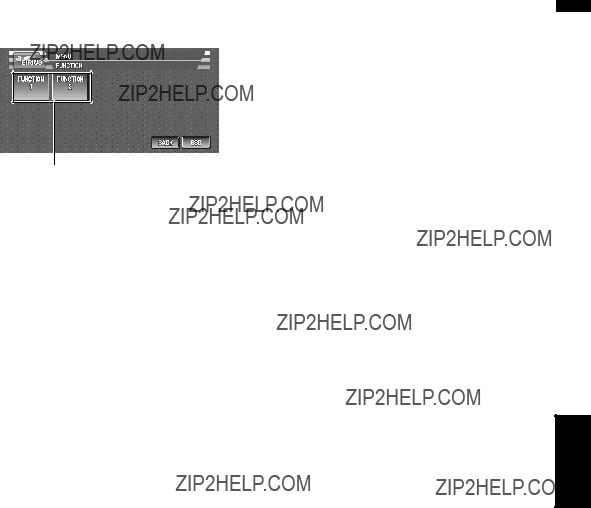
 or
or  to select the desired channel in the selected channel category.
to select the desired channel in the selected channel category. or
or , the channel number moves up or down in the category selected in step 3
, the channel number moves up or down in the category selected in step 3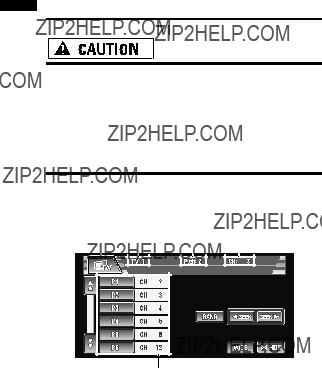
 or
or  briefly.
briefly. or
or  for about one second and release.
for about one second and release. or
or  briefly.
briefly. or
or  you can skip broadcasting channels. Seek tuning starts as soon as you release the keys.
you can skip broadcasting channels. Seek tuning starts as soon as you release the keys. or
or  .
.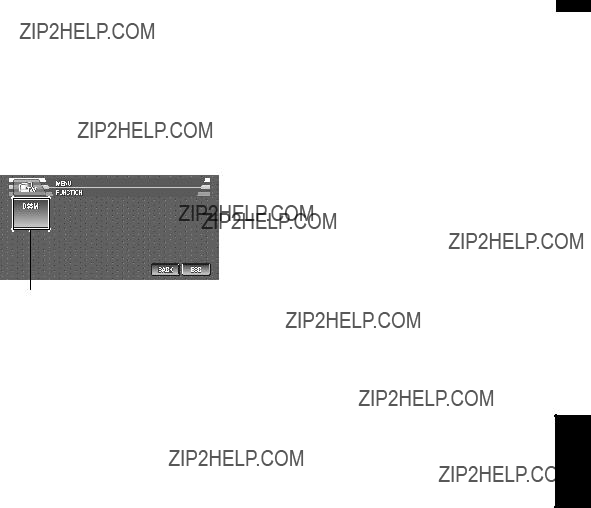
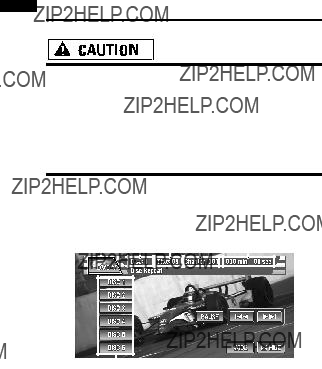
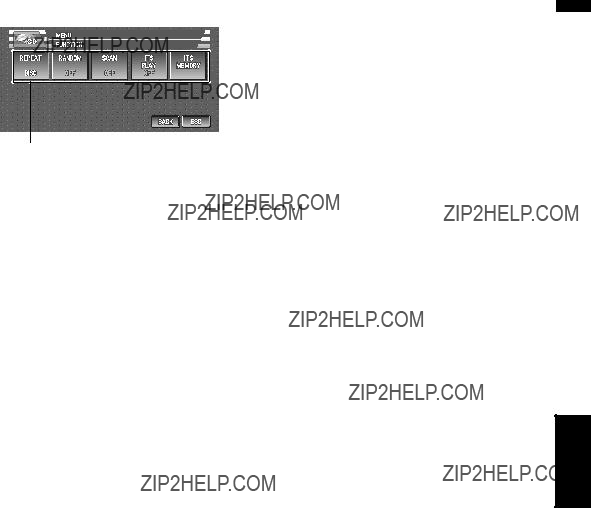
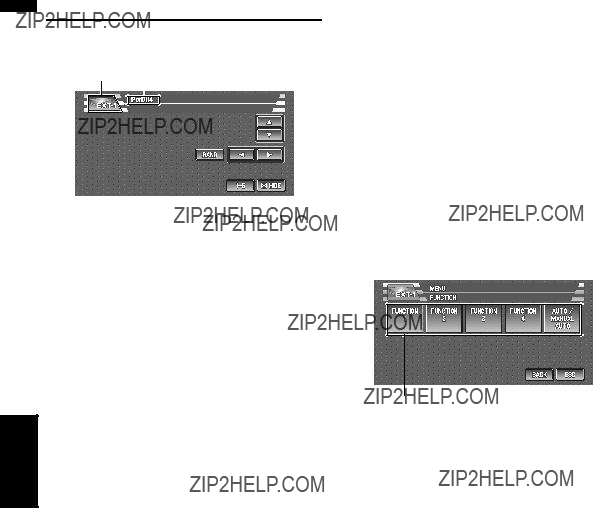
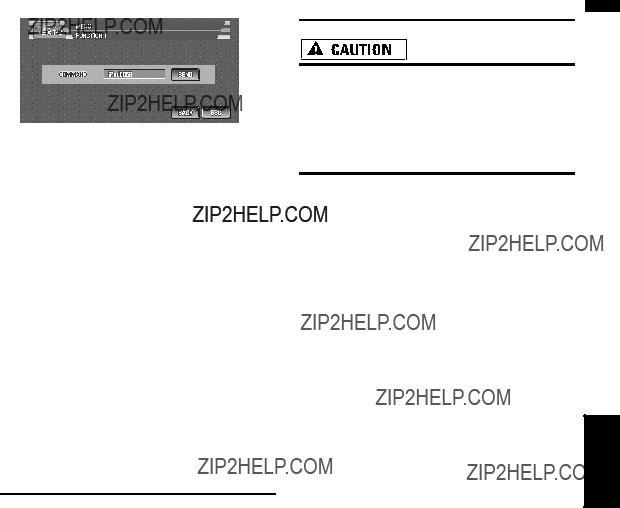

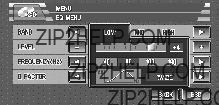
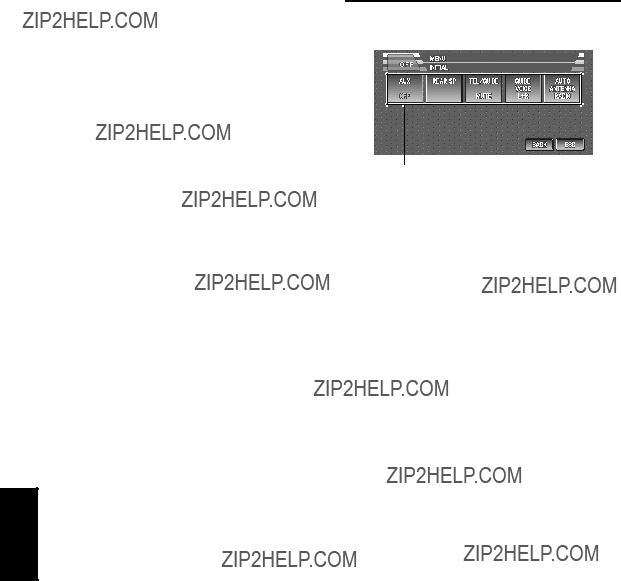

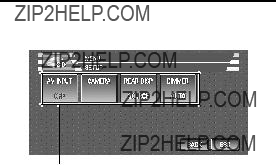
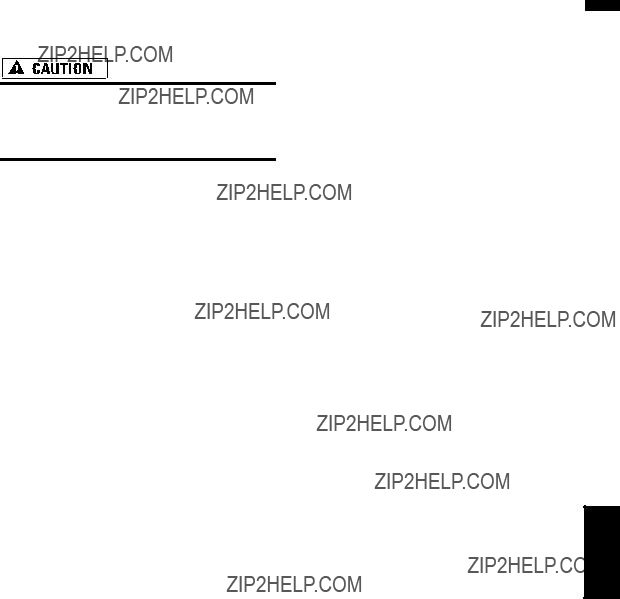
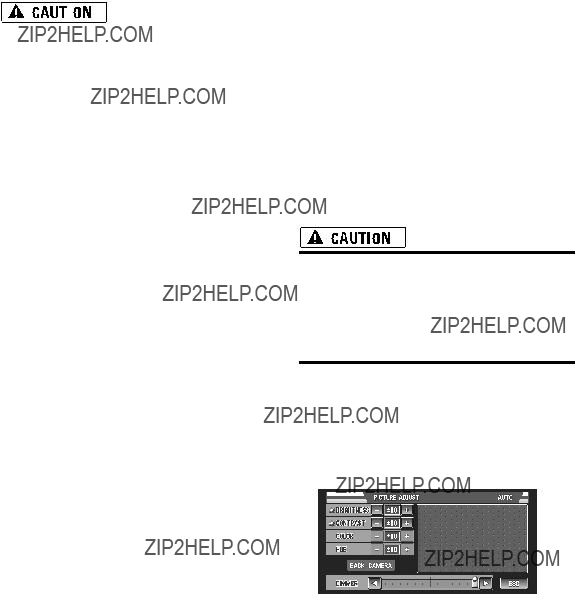

 or moon
or moon  is dis- played to the left of
is dis- played to the left of  ??? bright ambient light (day- time)
??? bright ambient light (day- time) ??? intermediate brightness (evening)
??? intermediate brightness (evening) ??? dark ambient light (night- time)
??? dark ambient light (night- time)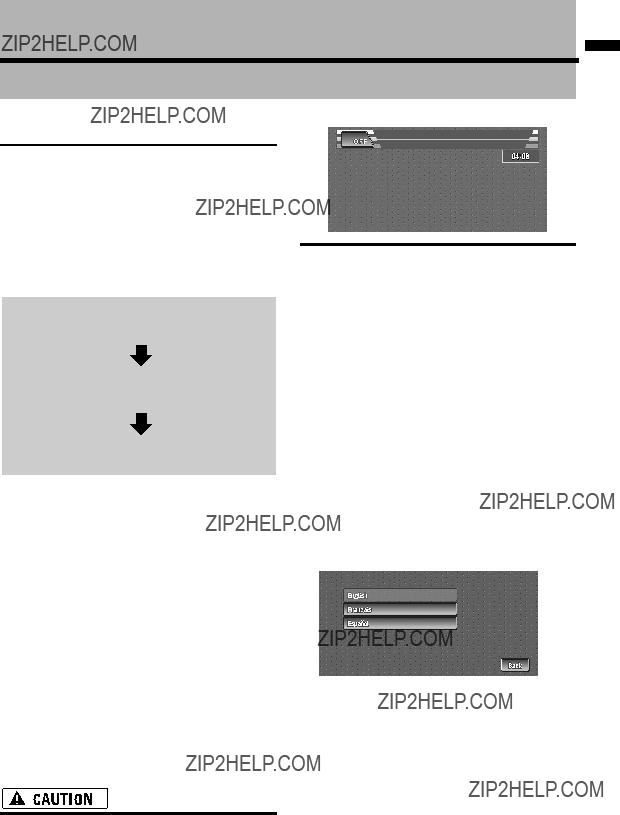

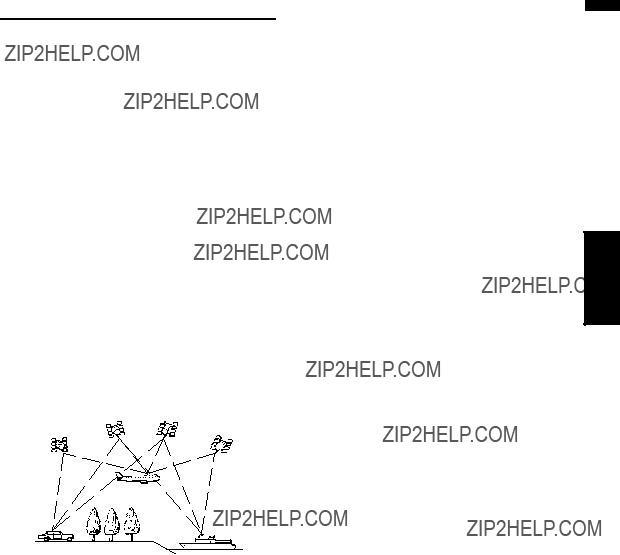

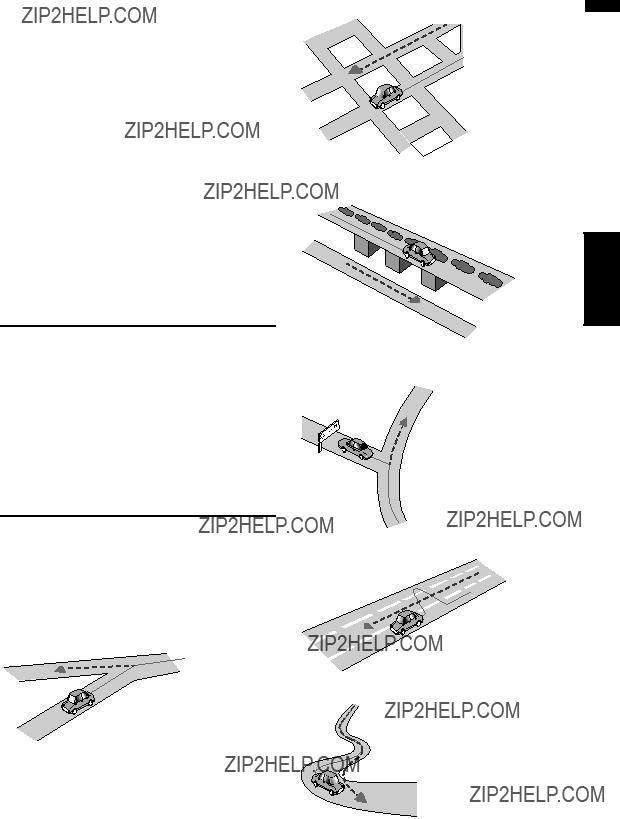
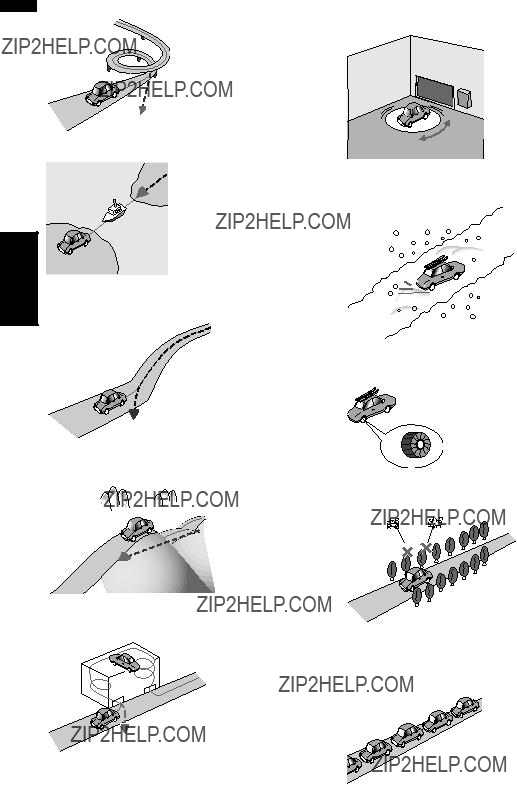
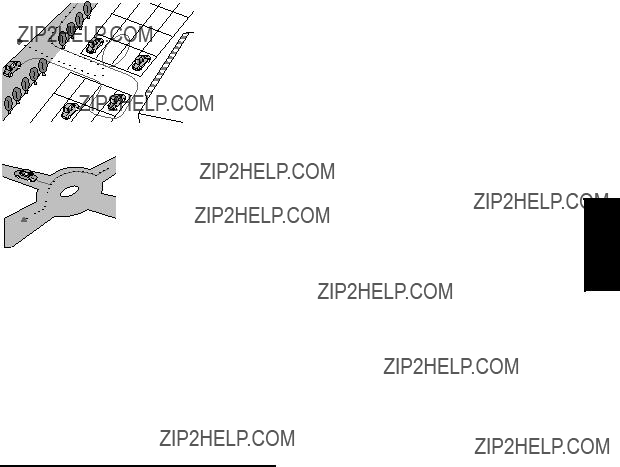


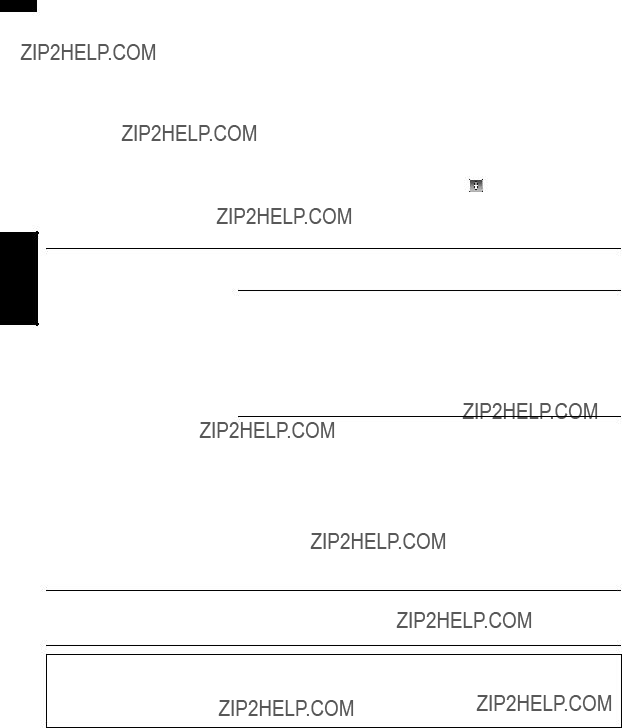

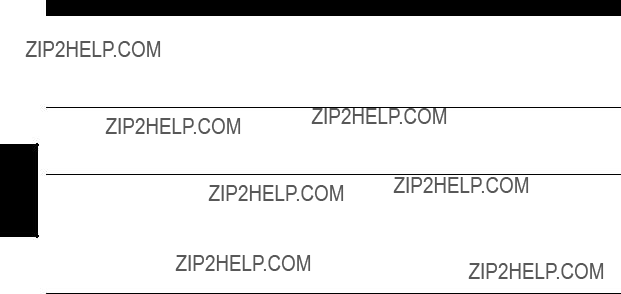
 Messages and how to react to them
Messages and how to react to them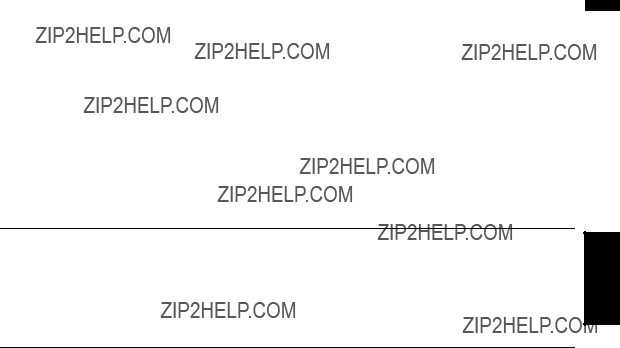
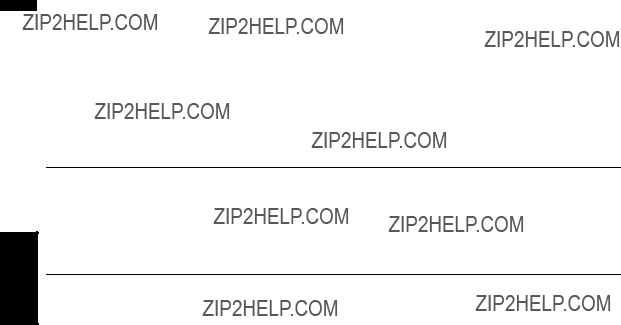
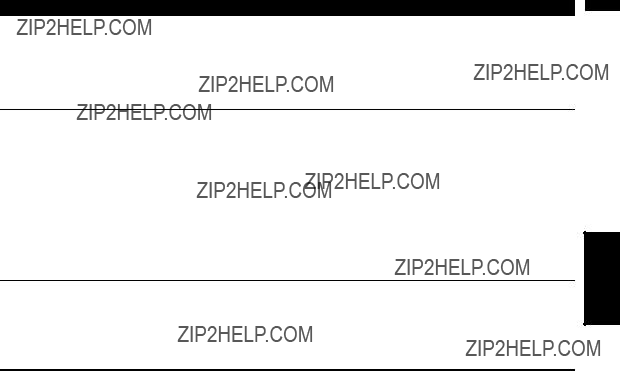

 Route Setting Information
Route Setting Information

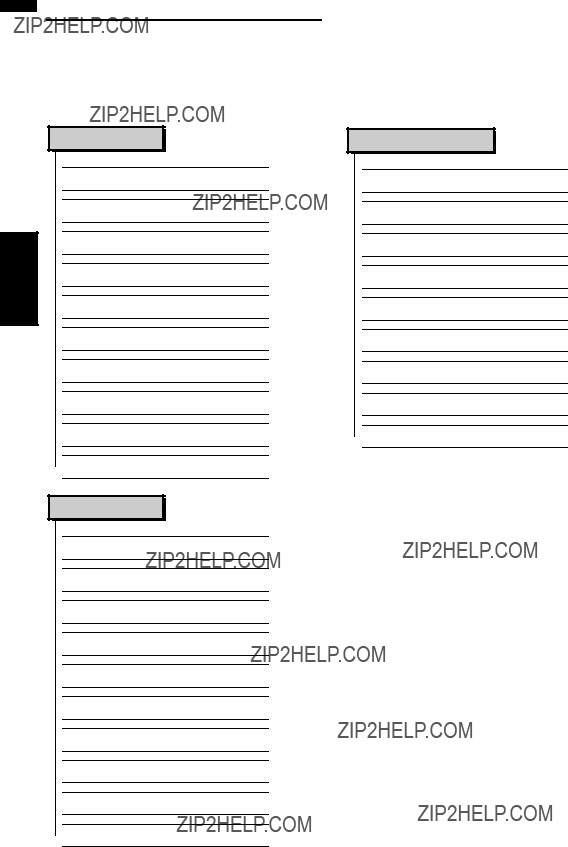
 Address Search
Address Search Return Home
Return Home Go to
Go to POI Search
POI Search Vicinity Search*1
Vicinity Search*1 Address Book
Address Book Destination History
Destination History Freeway Search
Freeway Search Telephone Search
Telephone Search 
 Cancel Route
Cancel Route Traffic On Route
Traffic On Route Traffic Events
Traffic Events Traffic Flow
Traffic Flow Traffic Settings*2
Traffic Settings*2 XM Status
XM Status Stock Info
Stock Info Browse
Browse My Favorites
My Favorites Emergency Info
Emergency Info
 Overlay POI*1
Overlay POI*1
 P. 20
P. 20
 P. 37, 47
P. 37, 47
 P. 37, 47
P. 37, 47
 P. 35
P. 35
 P. 36
P. 36
 P. 38, 48
P. 38, 48
 P. 38, 48
P. 38, 48
 P. 37
P. 37
 P. 37
P. 37 
 P. 38
P. 38
 P. 51
P. 51
 P. 50
P. 50
 P. 52
P. 52
 P. 53
P. 53
 P. 56
P. 56
 P. 54
P. 54
 P. 55
P. 55
 P. 56
P. 56
 P. 57
P. 57
 P. 36
P. 36 Edit Current Route
Edit Current Route View Current Route
View Current Route Recalculate
Recalculate Number of Routes*2
Number of Routes*2 Route Condition*2
Route Condition*2 Avoid Freeway*2
Avoid Freeway*2 Avoid Ferry*2
Avoid Ferry*2 Avoid Toll Road*2
Avoid Toll Road*2
 Designate Areas to Avoid
Designate Areas to Avoid
 P. 41, 44
P. 41, 44
 P. 38, 44
P. 38, 44
 P. 40, 45
P. 40, 45
 P. 45
P. 45
 P. 45
P. 45
 P. 45
P. 45
 P. 45
P. 45
 P. 45
P. 45
 P. 42
P. 42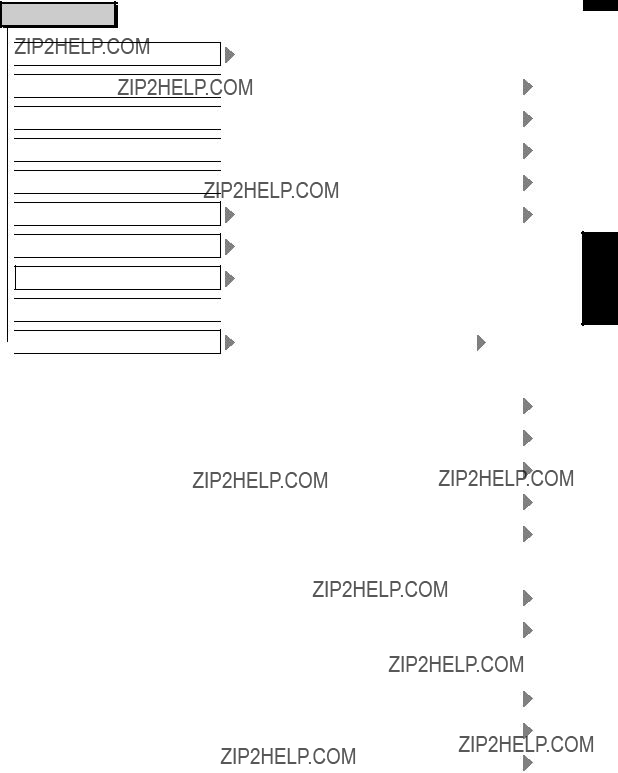
 Volume*2
Volume*2 System Options
System Options
 Map Display Options*2
Map Display Options*2 Defined Locations
Defined Locations Demo Mode
Demo Mode Time
Time Hardware Info
Hardware Info Restore Factory Settings
Restore Factory Settings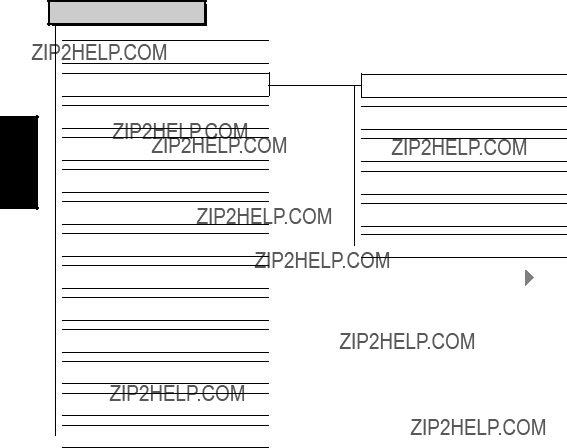
 Shortcut menu
Shortcut menu
 : Destination*3
: Destination*3
 : Chg.Route*3
: Chg.Route*3
 : Registration
: Registration
 : Vicinity Search*1
: Vicinity Search*1
 : Whole Route Overview
: Whole Route Overview
 : Address Book
: Address Book
 P. 28, 33
P. 28, 33
 P. 28, 48
P. 28, 48
 P. 28
P. 28
 P. 39
P. 39


 P. 43
P. 43
 P. 38, 48
P. 38, 48 Cancel Route
Cancel Route Route Profile
Route Profile Route Scroll
Route Scroll Skip Way Point
Skip Way Point 1 mile (km) - 50 mile (km)
1 mile (km) - 50 mile (km)
 P. 40
P. 40
 P. 38
P. 38
 P. 39, 40
P. 39, 40
 P. 38, 40
P. 38, 40
 P. 41
P. 41 
 P. 40
P. 40
 : Route Options
: Route Options
 : Edit Current Route
: Edit Current Route
 : Traffic On Route
: Traffic On Route
 : Stock Info
: Stock Info
 : Browse
: Browse
 : My Favorites
: My Favorites
 P. 41, 44
P. 41, 44
 P. 51
P. 51
 P. 54
P. 54
 P. 55
P. 55
 P. 56
P. 56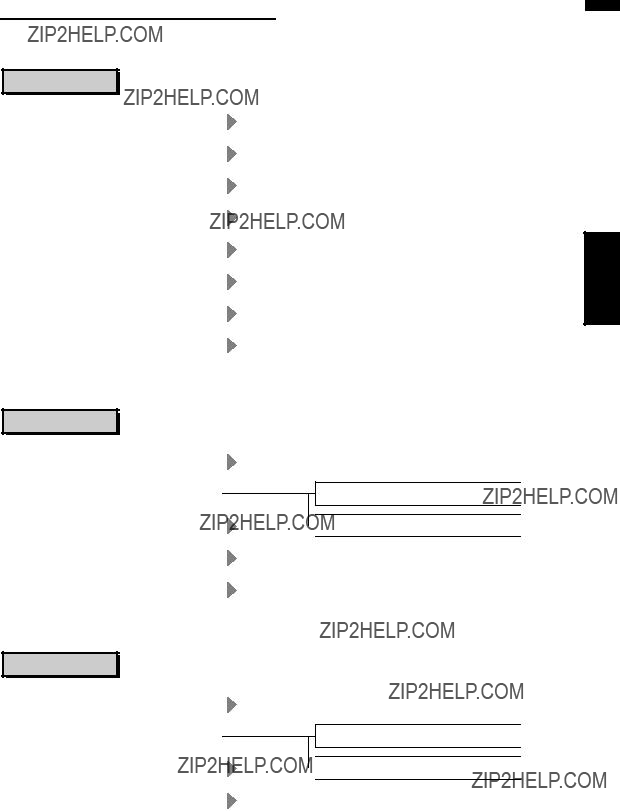
 PREOUT
PREOUT POLARITY
POLARITY
 P. 100
P. 100
 P. 100
P. 100
 P. 102
P. 102
 P. 102
P. 102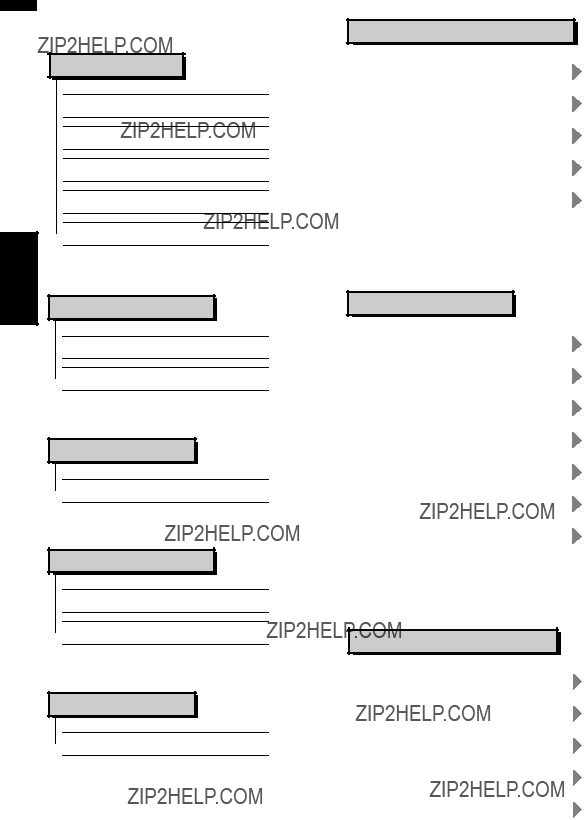
 REPEAT
REPEAT RANDOM
RANDOM SCAN
SCAN COMP
COMP SEARCH MODE
SEARCH MODE BSM
BSM LOCAL
LOCAL MEMO
MEMO FUNCTION 1
FUNCTION 1 FUNCTION 2
FUNCTION 2 BSSM
BSSM
 P. 74
P. 74
 P. 75
P. 75
 P. 75
P. 75
 P. 75
P. 75 
 P. 75
P. 75
 P. 77
P. 77 
 P. 77
P. 77
 P. 86
P. 86
 P. 89
P. 89 
 P. 89
P. 89
 P. 91
P. 91